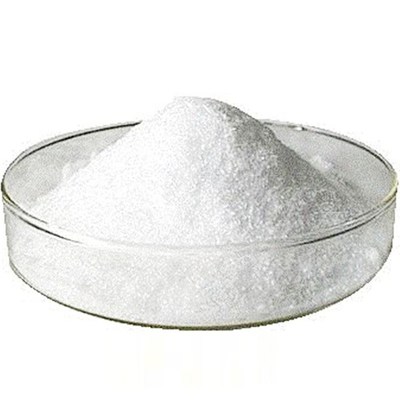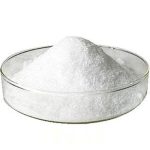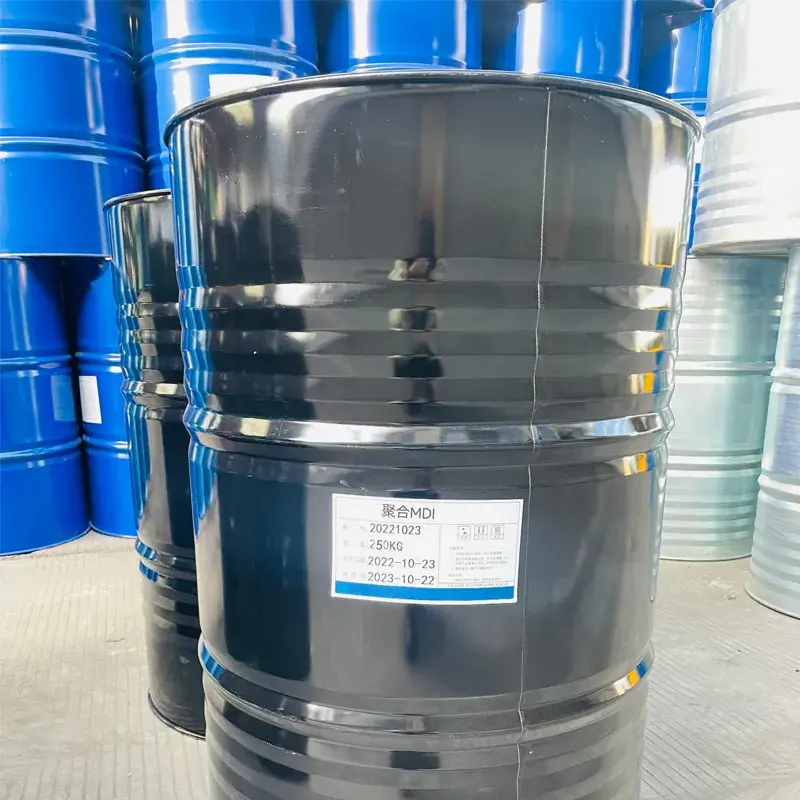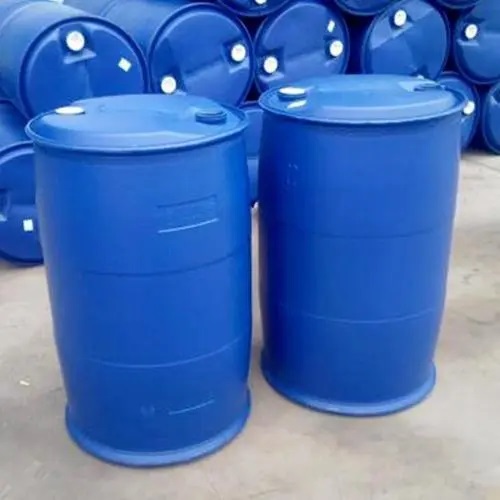
D-Sorbitol
Physical and chemical properties 1. Existence form Sorbitol mainly exists in liquid and solid forms: liquid sorbitol is mostly a 50% or 70% colorless transparent aqueous solution; solid sorbitol appears as a white needle-shaped, flaky or granular crystalline powder, some of which contain 0.5 or 1 molecule of crystal water. 2. Flavor and sweetness Sorbitol has a unique flavor, a cool and refreshing taste, and a sweetness of about 60% of the same concentration of sucrose. 3. Solubility and viscosity Sorbitol is highly soluble in water and slightly soluble in methanol, ethanol and acetic acid. At 20°C, the solubility of sorbitol is 220g/100mL water, while that of sucrose is only 195g/100mL water. Due to its high solubility in water, sorbitol is not easy to crystallize during industrial production. Under the same conditions, the viscosity of sorbitol aqueous solution is slightly lower than that of sucrose. 4. Hygroscopicity and moisture retention Sorbitol has great hygroscopicity, which is much greater than sucrose and slightly less than glycerol. It is very easy to absorb moisture and agglomerate when the relative humidity of the air is high; but the γ-crystalline sorbitol has low hygroscopicity. Extend the shelf life of the product. 5. Freezing point depression The aqueous solution of sorbitol will cause the freezing point to drop. Its application in frozen foods can avoid the appearance of ice slag, reduce the precipitation of crystal suspension or precipitation, and effectively improve the taste of the product. 6. Stability The sorbitol molecule does not contain reducing groups, has relatively stable chemical properties, is non-flammable, non-volatile, acid- and alkali-resistant, and is not easily oxidized by air. Sorbitol has good thermal stability; under certain reaction conditions, sorbitol can undergo dehydration oxidation, esterification, etherification and other reactions, and can also chelate various metal ions in strong acid and strong alkali solutions. 7. Osmotic pressure The molecular weight of sorbitol is slightly larger than that of glucose, so the osmotic pressure is close to that of glucose, which is 1.88 times that of sucrose. Higher osmotic pressure means that the resistance to microorganisms is also correspondingly stronger, which can be used to control microorganisms in fruit and vegetable sauces.









